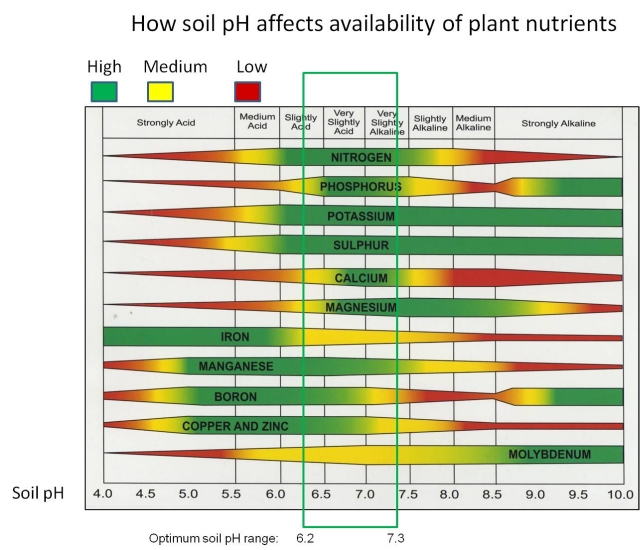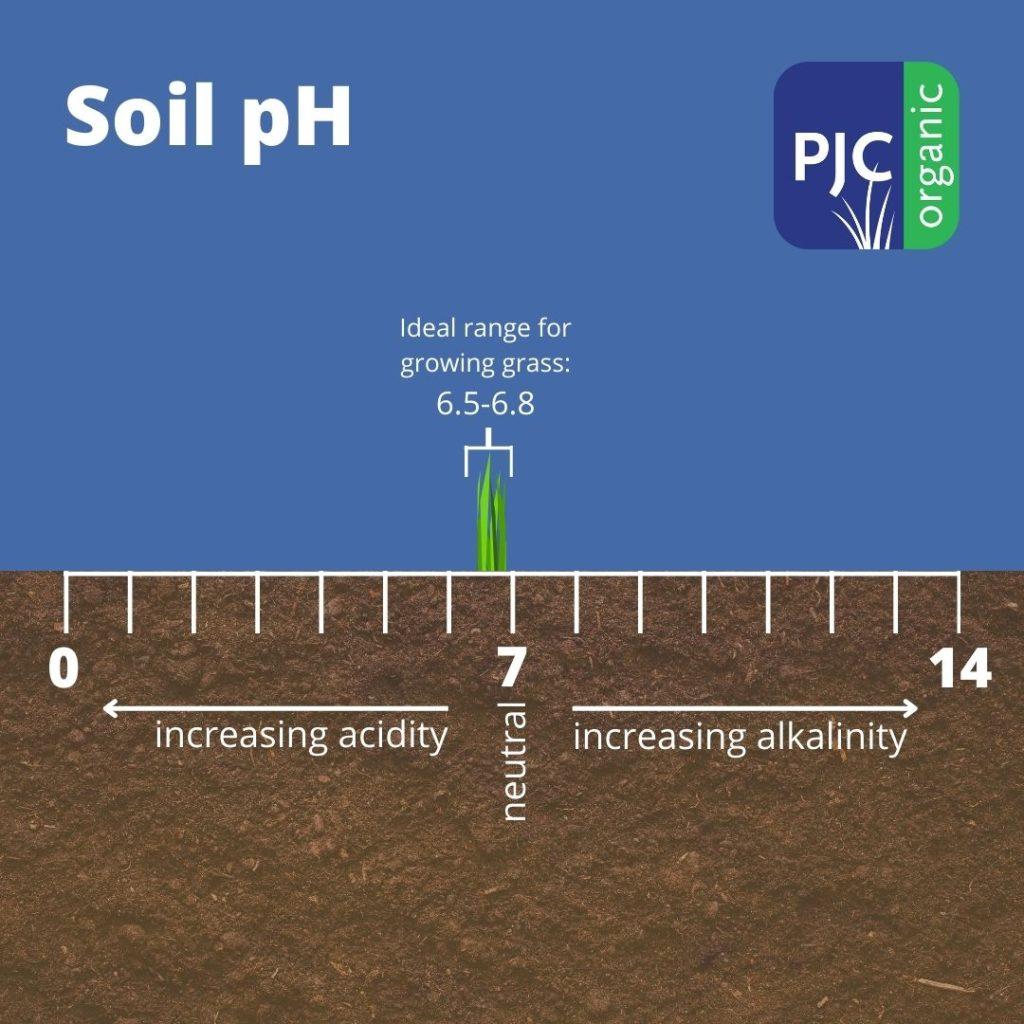Your personalized soil evaluation – simplified and explained.
Want to know why pH matters most for a healthy lawn? Learn more about soil ratings, ideal range, and conditions for growing turf grass below.
🧪 How We Rate Your Soil
Firstly, our soil analysis evaluates four key factors:
- 1.pH – Acidity or alkalinity of your soil
- Organic Matter (OM) – Helps retain nutrients and moisture
- Cation Exchange Capacity (CEC) – Soil’s ability to hold nutrients
- Calcium to Magnesium Ratio (Ca:Mg) – Impacts soil structure and nutrient balance
We use these to create a score and place your soil on a simple scale:
Very Poor | Poor | Fair | Good | Very Good | Excellent
🔍 Why pH is the Game-Changer
Of all the soil factors, pH is the most critical for turfgrass health.
- Turfgrass grows best when soil pH is between 6.5 and 6.8.
- Within this range, the most important nutrients—Nitrogen (N), Phosphorus (P), Potassium (K), and Calcium (Ca)—are fully available.
- Micronutrients like Iron, Zinc, and Manganese also become accessible.
- The soil biology (especially bacteria) thrives, supporting lush, green grass.
- Soil can hold onto nutrients well once pH is corrected—meaning fewer swings and more stable, healthy conditions for your lawn.

This nutrient availability chart visually shows how pH affects nutrient uptake.
For example, a pH of 5.5 is 10X more acidic than ideal for turf. In this condition, nutrients are harder to absorb, and fungi dominate the soil instead of the bacteria grass prefers.
🧬 It’s Not the Biology—It’s the Conditions
Healthy turf also depends on balanced soil biology, particularly the ratio of bacteria to fungi. A pH in the 6.5–6.8 range supports robust bacterial populations. Below that, especially in acidic soils (pH under 6.0), fungi dominate—great for forest trees like oaks and pines, but not ideal for grass.

Remember: your soil has the biology it needs. But just like a cold house with no food, microbes won’t get to work unless conditions improve. Therefore, correcting pH and supporting nutrient levels, you create a thriving environment for grass and microbial life.
📞 Questions? We’re here to help.
978-432-1019 | info@pjcorganic.com | pjcorganic.com
